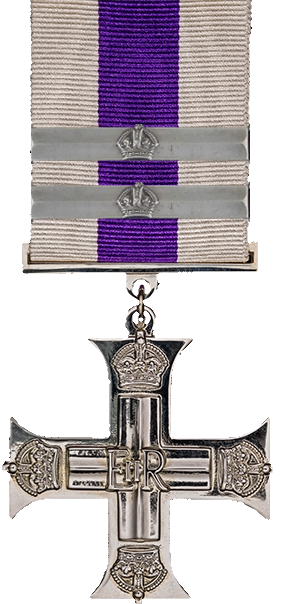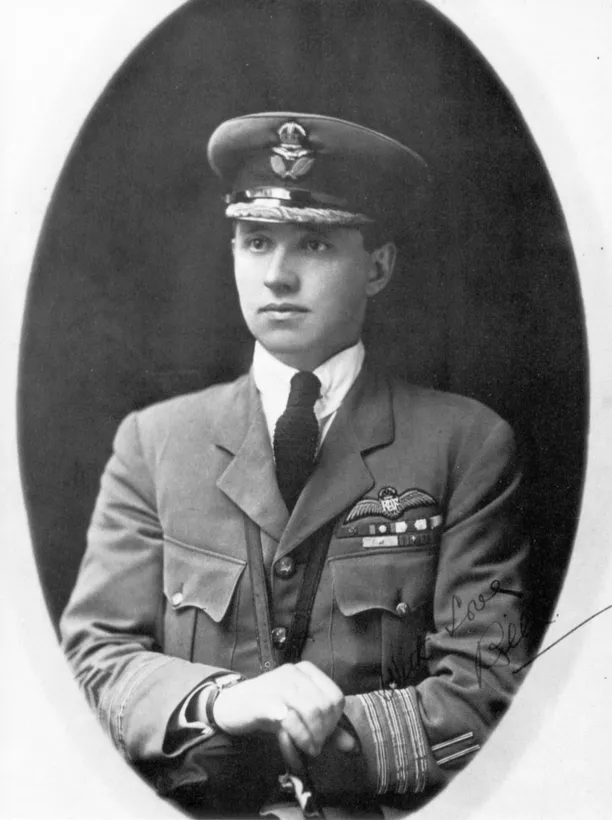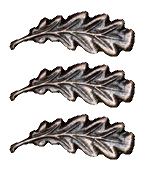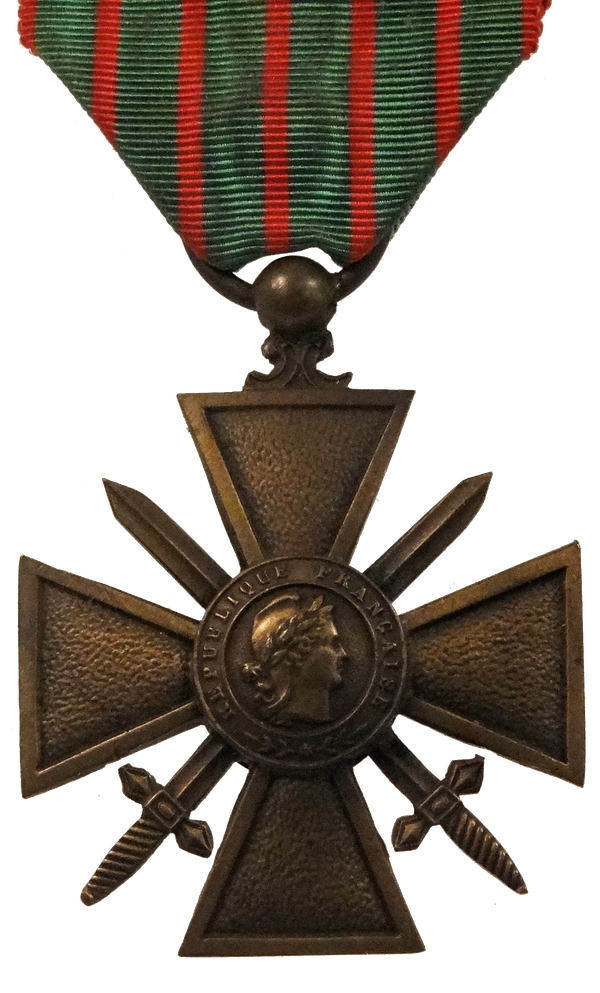Citation of Valour

The London Gazette - Supplement 31042, Page 14203, November 30, 1918
Capt. (A./Major) William George Barker, D.S.O., M.C., No. 201 Sqn., R.A. Force.
On the morning of the 27th October, 1918, this officer observed an enemy two-seater over the Fôret de Mormal. He attacked this machine, and after a short burst it broke up in the air. At the same time a Fokker biplane attacked him, and he was wounded in the right thigh, but managed, despite this, to shoot down the enemy aeroplane in flames.
He then found, himself in the middle of a large formation of Fokkers, who attacked him from all directions; and was again severely wounded in the left thigh; but succeeded in driving down two of the enemy in a spin.
He lost consciousness after this, and his machine fell out of control. On recovery he found himself being again attacked heavily by a large formation, and singling out one machine, he deliberately charged and drove it down in flames.
During this fight his left elbow was shattered and he again fainted, and on regaining consciousness he found himself still being attacked, but, notwithstanding that he was now severely wounded in both legs and his left arm shattered, he dived on the nearest machine and shot it down in flames.
Being greatly exhausted, he dived out of the fight to regain our lines, but was met by another formation, which attacked and endeavoured to cut him off, but after a hard fight he succeeded in breaking up this formation and reached our lines, where he crashed on landing.
This combat, in which Major Barker destroyed four enemy machines (three of them in flames), brought his total successes up to fifty enemy machines destroyed, and is a notable example of the exceptional bravery and disregard of danger which this very gallant officer has always displayed throughout his distinguished career.

Major Barker was awarded the Military Cross on 10th January, 1917; first Bar on 18th July, 1917; second Bar to Military Cross on 16th September, 1918;
 the Distinguished Service Order on 18th February, 1918; and Bar-to Distinguished Service Order on 2nd November, 1918.
the Distinguished Service Order on 18th February, 1918; and Bar-to Distinguished Service Order on 2nd November, 1918.
William George Barker, VC is the most decorated serviceman in the history of Canada:
- VC - Victoria Cross
- DSO & Bar - Distinguished Service Order
- MC & Two Bars - Military Cross
- MiD (3) - Mentioned in Dispatches
- Croix de Guerre (France)
- Silver Star of Valour (Italy, 2)
After World War I, Wing Commander WG Barker served in various capacities with the Canadian Air Force (CAF) including as commander of Camp Borden, from November 1, 1922 until January 14, 1924. Camp Borden is considered to be the birthplace of the Royal Canadian Air Force, which was formed on April 1, 1924
Wing Commander Barker resigned his commission Aug 19, 1926 and was involved in various aviation endeavors with Lt Col (Later Air Marshal RCAF) WA Bishop VC, but by January 1930 was working as sales manager for Fairchild Aircraft Canada in Quebec
On March 3 1930, hoping to sell a new trainer to the RCAF, W/C Barker flew an aerobatic demonstration flight of a Fairchild KR-21 biplane at RCAF Station, Ottawa. The aircraft stalled climbing out of a dive and crashed on the ice of the Ottawa River. W/C Barker was killed in the crash. from "Barker VC" by Wayne Ralph, Doubleday Canada Ltd 1997





